Comics Alliance passes on the 411 about the new CW series, Arrow:
The trailer pretty much lays out what to expect from the series: Something more grounded than Smallville, with definite “I will avenge my father” overtones (That’s a new twist on the origin story, isn’t it?) and influences definitely taken from the Andy Diggle/Jock Green Arrow: Year One comic (Seriously, some of that island footage looks very Jock-ish to me). From the looks of what’s on show here, this looks much more in tune with the network’s Nikita than the earlier “One day I will become Superman but it’ll take me ten years” DC show… and that’s not necessarily a bad thing, to be honest.
And here’s the trailer:
I agree that we can do without another Smallville, although I’m bummed that Justin Hartley won’t be coming back as Oliver Queen. He, and my good buddy Lagavulin, were the only things that made the last couple seasons of that mess bearable.
Meantime, I’ll probably give this show a day in court when it debuts in October. I can always use excuse to buy another bottle of whiskey.
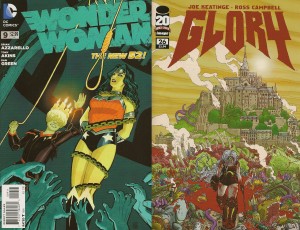
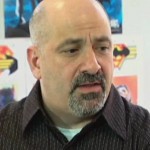
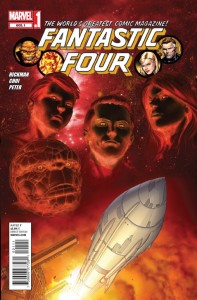
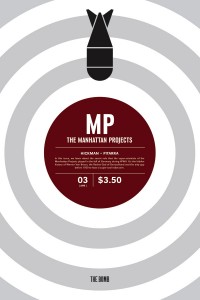
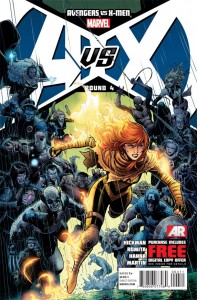
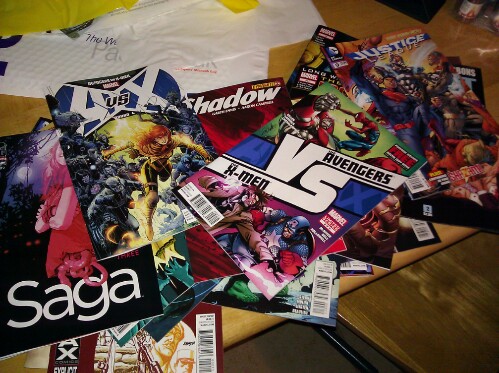
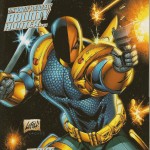
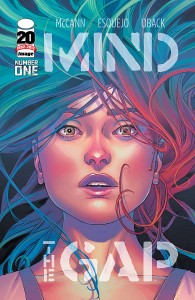
 Podcast RSS Feed
Podcast RSS Feed iTunes
iTunes Google Play
Google Play Stitcher
Stitcher TuneIn Radio
TuneIn Radio Android
Android Miro Media Player
Miro Media Player Comics Podcast Network
Comics Podcast Network